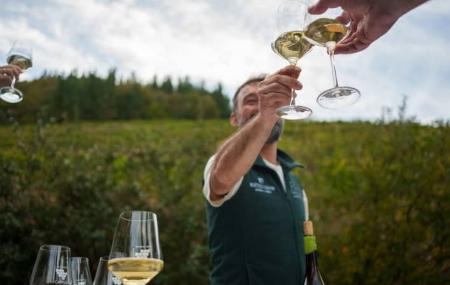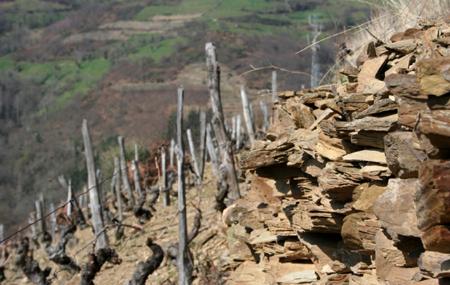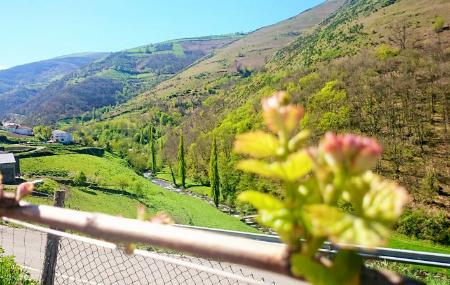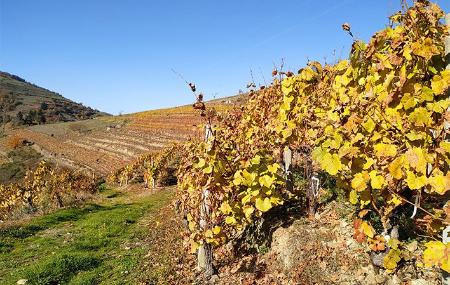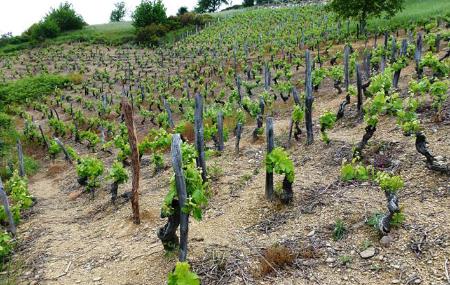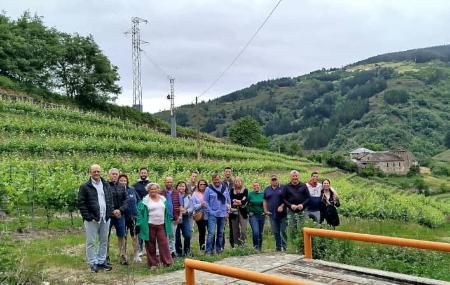Asturian wine, with medieval origins, stands out for its strong sense of identity, its ability to survive in a mountain environment, the quality of its raw material, and the authenticity of its flavours. It has also fostered a collective culture that brings together a vast territory around vineyards and wines.
Asturias and wine culture
Since the Middle Ages, the southwest of Asturias has been a land of wine. It was the monks of Corias who started a tradition that would endure over the centuries in a land with a benevolent climate for the vines to thrive, and with a soil rich in nutrients for the vines to grow healthy.
From those first monastic vineyards, the others grew, and the southwest incorporated wine culture into its cultural and gastronomic richness, which for centuries remained close to the local environment and had a family character, until the present day, when the wines of the area have a PDO, and are conquering the market with strength, personality and a deep-rooted identity.
In short, the wines of Asturias are a reflection of its vibrant and diverse character.
/documents/39908/14424976/uvas-monasterio-corias.jpg/e6190367-d44f-ac71-fcde-fc63594f90f4?t=1760618759311
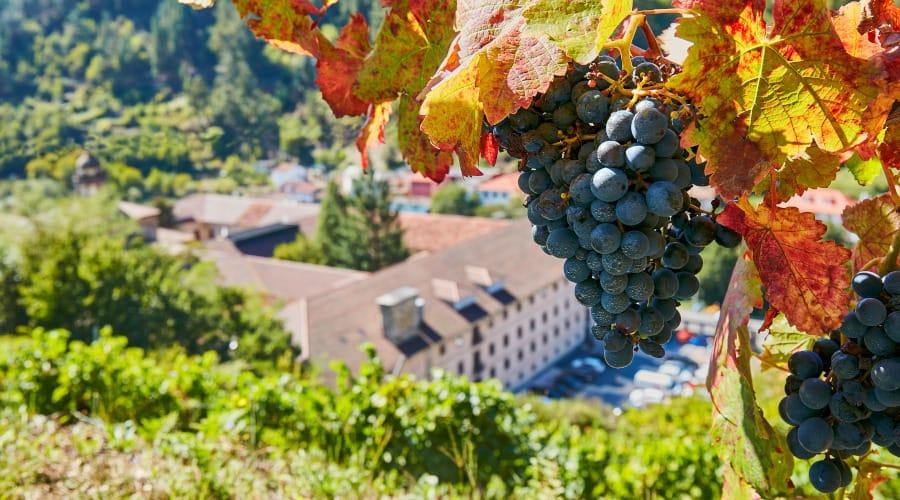
Native grapes from western Asturias
Mountain wines
Asturian wines are mountain wines produced under the PDO Cangas certification, with indigenous varieties such as Albarín Blanco, Albarín Negro and Carrasquín, adapted to a "heroic viticulture" cultivation in a rugged terrain. These wines are characterised by their freshness, intensity and a strong link with the land, offering a unique profile of minerality due to their Atlantic environment. The wines of Cangas are known for their balance between alcohol and acidity, and their fruity and floral aromas and flavours. They are made in a traditional way, with a process that allows high quality wines to be obtained. Red and white wines are produced.
The red wines are made from the following varieties:
- Mencía
- Carrasquín
- Black Verdejo
The white wines are made with:
- Albarín White
/documents/39908/14424976/pueblo-vinedos.jpg/da5c944a-0013-625b-a5e4-2ac10a1b4354?t=1760618756531
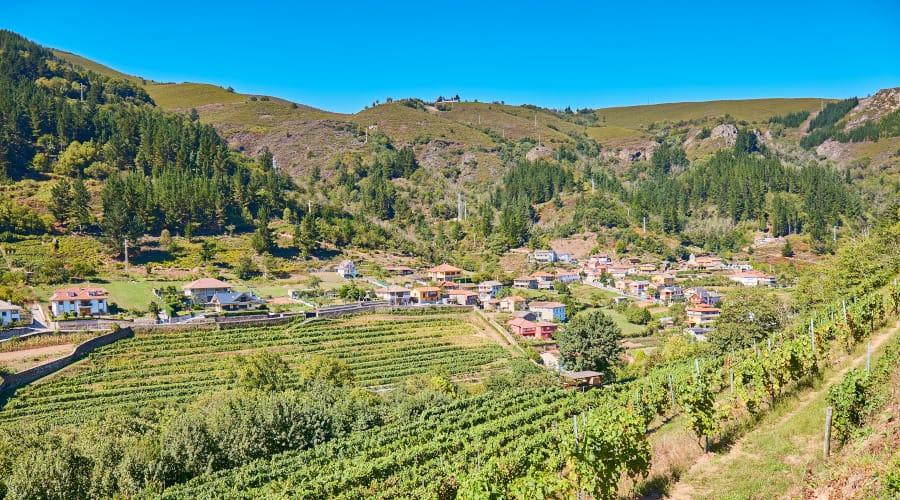
Vineyards in western Asturias
Protected Designation of Origin Cangas
The Cangas Protected Designation of Origin is located in the southwest of Asturias, covering the councils of Cangas del Narcea, Allande, Degaña, Grandas de Salime, Ibias, Illano, Pesoz and parts of Tineo.
Cultivation takes place on steep slopes and at considerable altitude, which requires a titanic effort to obtain low yields and high quality wines.
Priority is given to indigenous grapes such as Albarín Blanco, Albarín Negro, Carrasquín and Verdejo Negro.
The wines of this appellation are a testimony to the history and biodiversity of the region, with an unmistakable character.
/documents/39908/14424976/vinedo-montana.jpg/efc1c446-41f6-510e-6c0f-eace0ae18d40?t=1760618767140
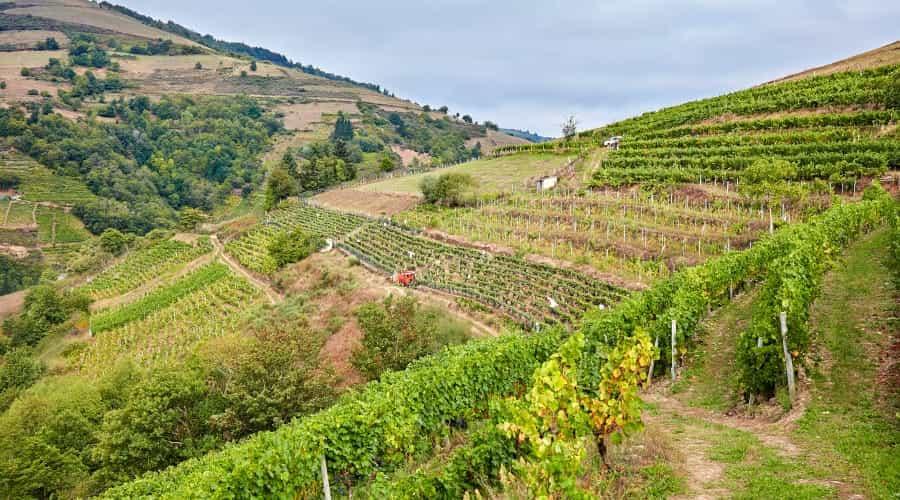
Mountain vineyards
A symbol of recovery
Vine cultivation in Asturias is a symbol of resilience and recovery. It emerged in the Middle Ages, under the influence of the monasteries, but experienced a decline after phylloxera and the rise of the industrial revolution and mining.
In recent decades, wine from the southwest has experienced a period of resurgence thanks to new generations of winegrowers and the creation of wineries that are committed to the quality and identity of the territory.
For this reason, it can be categorically stated that the wines of Cangas are an example of heritage recovery, contributing to the cultural diversity of Asturias.
/documents/39908/14424976/Uvas-tintas-blancas.jpg/03eae446-5a58-670e-f7ef-30df0ceb2406?t=1760618762071
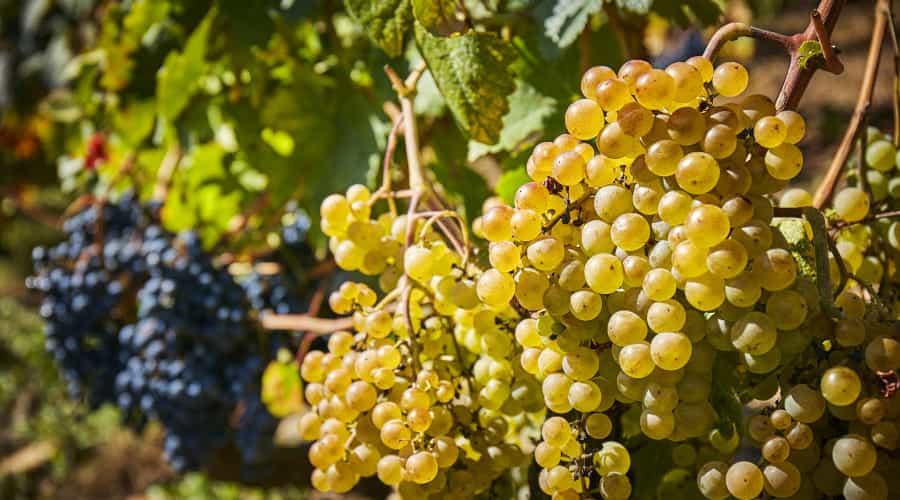
Native red and white grapes
Wine festivals
This Golden Age of the wine culture in Asturias has some beneficial consequences from the social and tourist point of view, and these are the festive moments and festivities related to the natural cycles of the wines.
The best known andmost striking of these celebrations is the Wine Harvest Festival in Cangas del Narcea. Unique in Asturias, it has been declared a Festival of Tourist Interest in the Principality of Asturias for its originality, among other reasons.
For several days and always coinciding with the Pilar Bridge, an extensive programme of activities celebrates the harvest in style, after the immense effort it entails.
Incessant activity both in the town of Cangas and in the vineyards, in an intense and emotional tribute to the culture of wine. Tastings, gastronomy, music, brotherhoods... Everything in the festival highlights the value of centuries of history and the effort of generations to produce unique wines in a heroic and mountainous viticulture.
But the celebrations around wine do not end with this festival. For some time now, Cangas has also been celebrating the 'Trasiego del Vino Nuevo' (racking of the new wine), which takes place in March, coinciding with the waning of the month when the wine is racked from containers to clean them and remove particles from the fermentation process. Attendees can taste the wine from the new vintage of the Cangas PDO.
And it goes without saying that there are many wine-related events throughout the south-west of the region, with festivals also held in Ibias in May and in Pesoz in October.
The Avilés Cheese and Wine Fair, a tribute to these two products which go so well together, and which have excellent artisan exponents in Asturias, is also noteworthy for its long history and attendance. And so, for more than four decades, Avilés has been the national capital of this unique combination, attended by wineries and cheese makers from all over Spain. It is usually held in the month of May.
/documents/39908/14424976/cosecha-vinedo-cajas-rojas.jpg/9c2875b6-9ae5-1381-d822-1f645c3cbe24?t=1760618753571
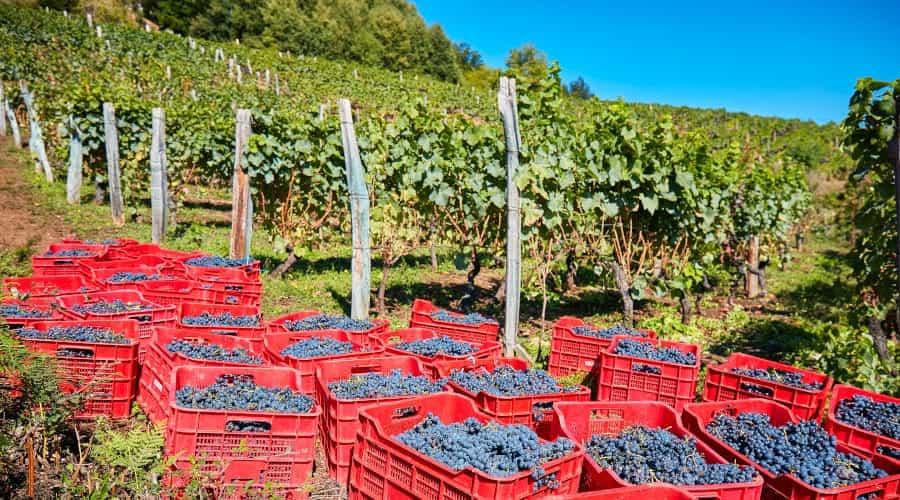
Harvesting in a mountain vineyard
Experience the wineries
Wine tourism is a growing phenomenon that is here to stay, and Asturias is a privileged destination for a different kind of wine tourism, since here you will not find large buildings or thousands of barrels sleeping. Asturian wineries are small, artisan, one might even say family-run. The rugged terrain of the area is quite a surprise for visitors, who are also often impressed by the originality of the wines. You can stroll through the vineyards, learn about the winemaking process, discover the local grape varieties, see the barrels and even taste the wines from the different wineries.
So get ready to discover heroic wine tourism!
/documents/39908/14424976/bodega-brindis.jpg/3ddc40b1-2fe0-4cc4-1a82-7ed20f38b018?t=1760618746823
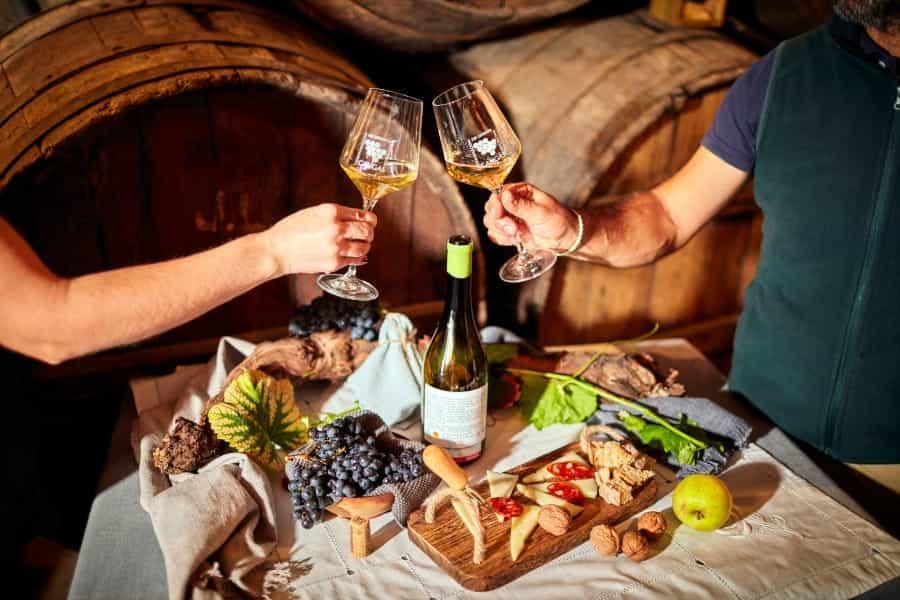
Celebrating the grape harvest
Visit the wineries
Asturian wineries are small, artisanal, and family-run. On a visit you can stroll through the vineyard, learn about the production process, discover native varieties, see the barrels, and taste the wine. It is, in fact, an immersion in the essence of heroic viticulture.

